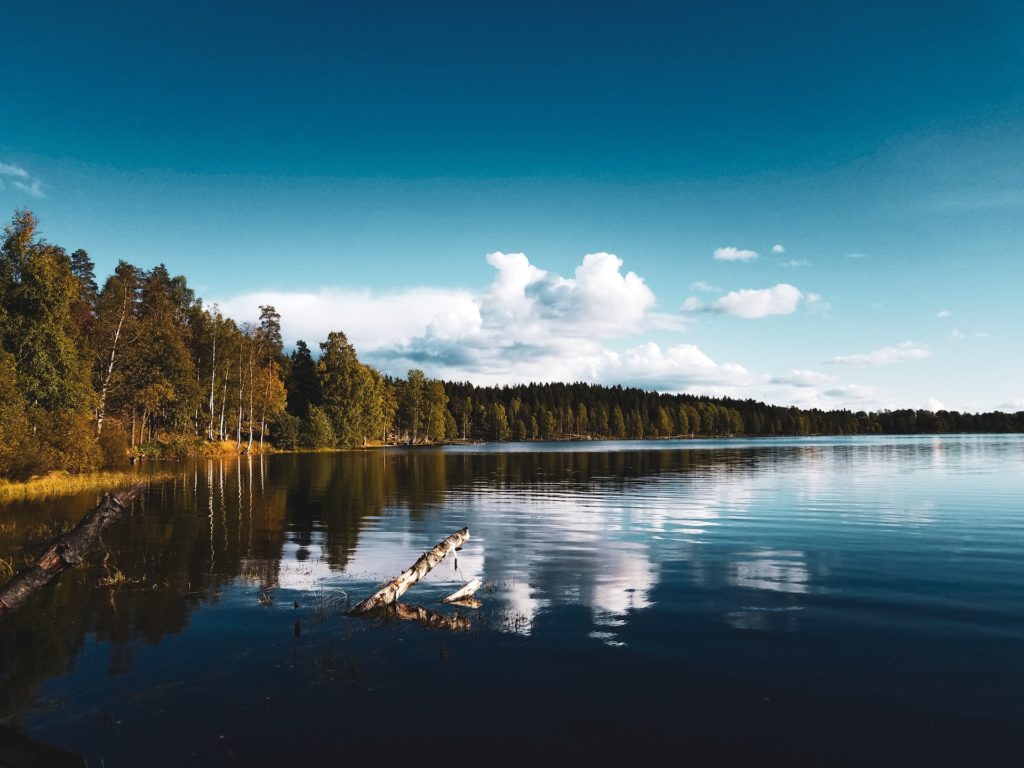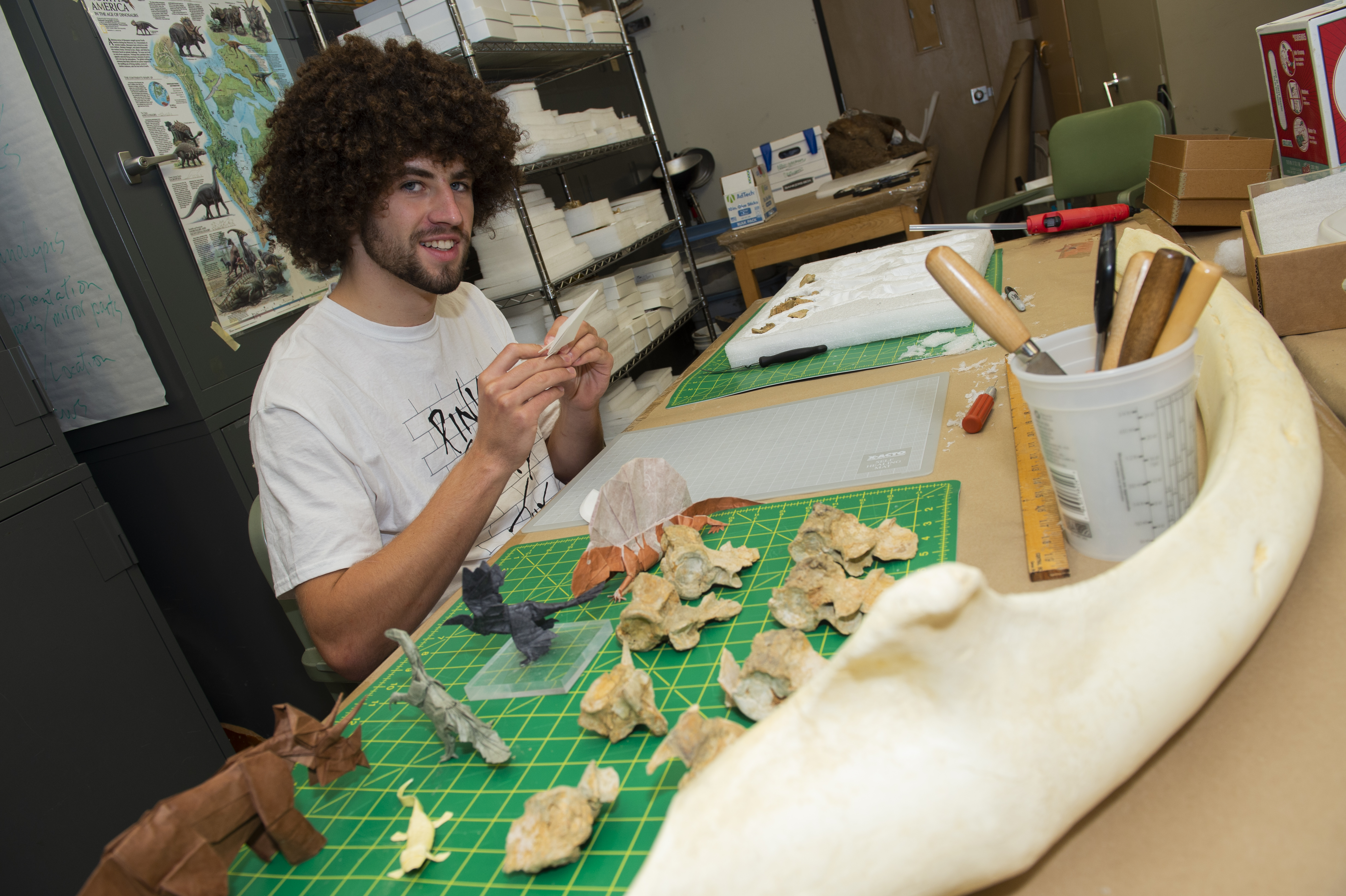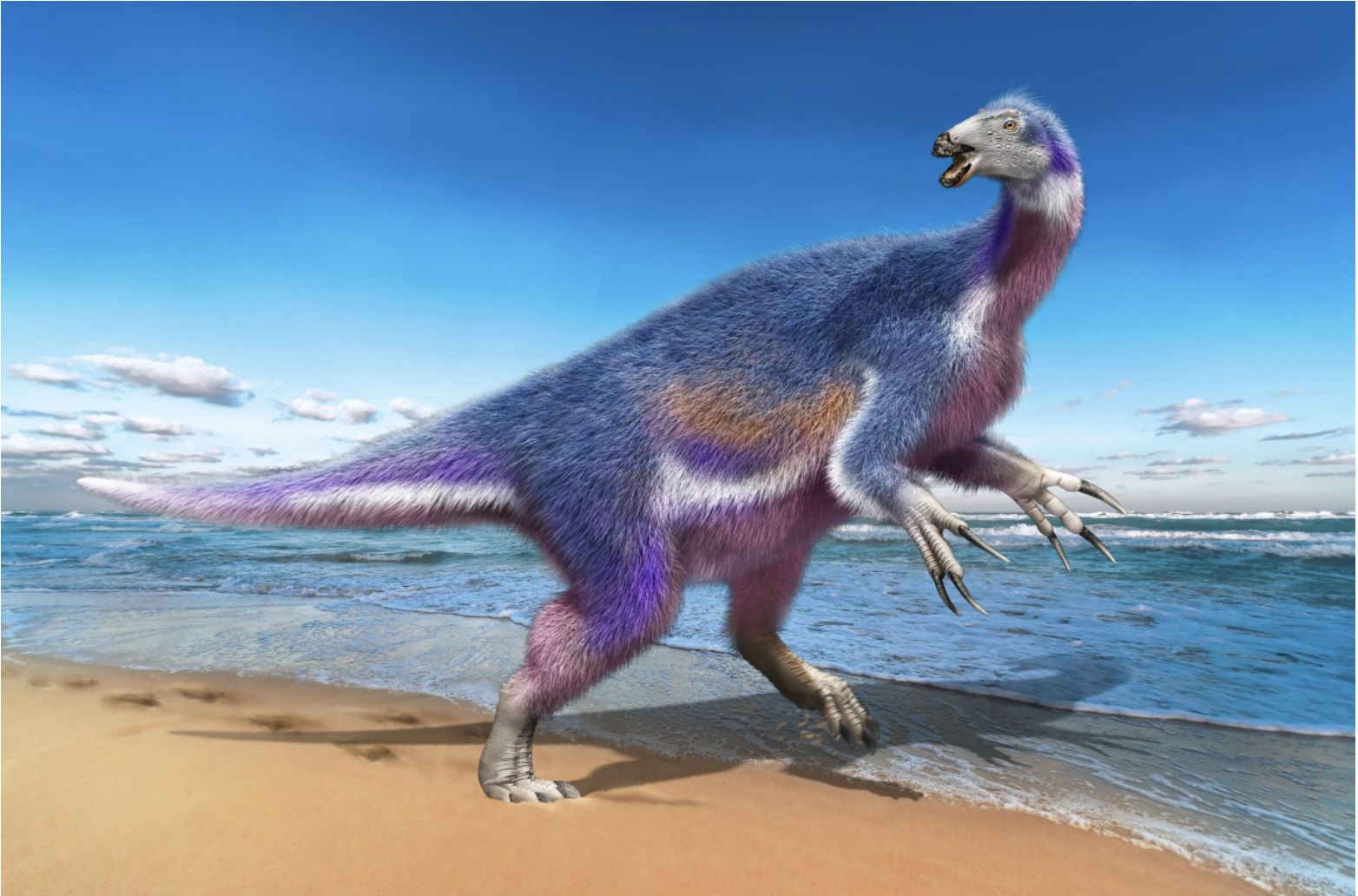Dedman College News-
Here are some of the Dedman College 2022 research highlights. For the full article please visit SMU News:
A study led by fire anthropologist Christopher Roos suggests bringing “good fire” back to the U.S. and other wildfire fire-prone areas, as Native Americans once did, could potentially blunt the role of climate in triggering today’s devastating megafires, Popular Science, Axios, Science and Nature World News reported.
Renowned paleontologist Louis Jacobs was interviewed by The New York Times about new dinosaur tracks that were revealed in Dinosaur Valley State Park because of Texas’ drought.
A new study that connects the long-term use of asthma-prescribed glucocorticoids to structural brain abnormalities gives physicians another reason to keep steroid doses low, asthma and psychology expert Thomas Ritz informed CNN.
The greatest challenge facing a successful Artemis I launch to the Moon may be apathy, planetary scientist Matthew Siegler told Newsweek. Lack of public and political support killed the Apollo program, he said. Siegler also talked to How Stuff Works , Gadget, The Dallas Morning News and Science Friday podcast about the Artemis I launch and other exciting space missions coming up.
In a full-page op-ed in The Dallas Morning News, Krista Lynne Smith, an observational astrophysicist at SMU, said satellite constellations like Elon Musk’s SpaceX could rob us of our ability to see real stars in the next decade without more regulation. The heavy satellite traffic could also put astronomy research in danger, she said.
Don’t be overly alarmed about a study showing that excessive blue light exposure can accelerate aging in flies, chemist Brian Zoltowski said to NBC News. The bigger issue for humans is the effect blue light can have on the circadian rhythm, he explained.
The massive Jan. 15 eruption of the undersea Hunga Tonga-Hunga Ha’apai volcano in the South Pacific Ocean was a once-in-a-century event that allowed 76 international scientists using multiple forms of technology to crowdsource their data in ways never before possible. Geophysicist Stephen Arrowsmith, one of the co-authors of the eruption analysis published in Science, told Yahoo that the last time an eruption created a shockwave of similar scale – 1883 Krakatoa – scientists had inferior technology to record it.

A 5.4-magnitude earthquake that struck West Texas in November was adding pressure to the oil-and-gas regulators to impose stricter fracking rules. The Wall Street Journal interviewed geophysicist Heather DeShon to explain how injecting wastewater can create such earthquakes. In addition, Vox interviewed DeShon to find out why Texas was now seeing hundreds of yearly earthquakes of at least magnitude 2.5, the minimum humans can feel, and thousands of smaller ones.
A new species of pterosaurs from the Atlantic coast of Angola with wings spanning nearly 16 feet was found by an international team, including paleontologists Louis Jacobs and Michael J. Polcyn. Earth.com and Nature World News covered the new genus and species Epapatelo otyikokolo.
Geothermal energy expert Maria Richards told the Financial Post that she is skeptical about the feasibility of a new drilling technique developed by Quaise Energy that is designed to go as far as 12 miles below Earth to reach steam as hot as 500C.
Biology expert Adam Norris discussed in ScienceDaily , MedicalXpress and Neuroscience News his new research suggesting that a gene linked to the ability to feel touch may moonlight as an olfactory gene.
Forbes and Psychology Today wrote about psychology professor Nathan Hudson’s study showing that people with attachment anxiety are more likely to create false memories when they can see the person conveying the information. Psychology Today and Forbes also covered another Hudson study showing that simply asking people to perform conscientious behavior, like becoming more organized, can help them become more conscientious over time.

Archeologist David Meltzer told PBS Newshour that it’s too early to be confident that ancient human footprints found in New Mexico indicate that humans arrived in the Americas nearly 10,000 years earlier than previously thought. Nature has fooled us before, he said.
If global warming persists, blue lakes worldwide are at risk of turning green-brown, finds Xiao Yang, a remote sensing hydrologist. CTV News, Earth.com, Detroit Free Press, SciTechDaily and Science News covered his study — the first to do a global inventory of lake color.

Credit: Eric Stein-Beldring/Unsplash
Using math and computer software, a team of SMU professors – Andrea Barreiro, Matthew Lockard, Scott Norris and Brandilyn Stigler – generated 1.5 million voting district maps and showed that none were as gerrymandered as those in Texas. The Dallas Morning News featured the news.
Physicist Katharine Leney discussed her dark matter research and the increasing role of machine learning at CERN with the Daily Mail.
Education expert Alexandria Pavlakis wrote in The Conversation about the unique challenges faced by children who were homeless during the COVID-19 pandemic.
SMU student Raleigh Dewan invented a spoon that counteracts hand tremors to help Parkinson’s Disease patients like his grandmother. With the help of fellow SMU student Mason Morland, Engaged Learning and engineering mentors, Steadispoon will soon enter production. The Dallas Morning News, NBC-5 and FOX-4 covered the story.

Fashion consumption is a bombshell source of pollution, environmental anthropologist Maryann Cairns told CBS-11. She suggests consumers think of fashion purchases the same way they think of grocery purchases – quality, organic, locally-sourced and good for the environment.
A multi-institutional team, including Mathematics Chair Daniel Reynolds and PhD graduate David Gardner, has been awarded the 2023 SIAM/ACM Prize in Computational Science and Engineering, the Mirage News and Eurekalert announced.
Personality expert Nathan Hudson told The Atlantic his research shows that people can change their personalities by behaving like the person they would like to be. The Dallas Morning News also covered new research from Hudson revealing that individuals can change their darker traits, if they want to.
Vox Talks podcast and Phys.org featured research by economist Klaus Desmet, who used Facebook data to study gender roles.
Travis Nolan, a paleontology student who is an international dinosaur origami champion, was spotlighted in The Dallas Morning News and ABC-8.

A tiny device created by a NASA-sponsored SMU research team will improve chances of a successful Mars landing. Engineering’s Volkan Ötügen, one of the creators of the device, told The Dallas Morning News, NBC-5, Dallas Innovates and Phys.org the smallest detail can make or break a mission.
Can people who understand the emotions of others better interpret emotions conveyed through music? A study done by psychology professor Benjamin A. Tabak, which was covered by Technology Network and ScienceDaily, suggests the abilities are linked. PsyPost also highlighted another study done by Tabak, psychology professor David Rosenfield, and current or former SMU students, which found that socially anxious women have higher levels of the hormone called oxytocin when they are in socially stressful situations.
Did humans arrive in Micronesia much earlier than we thought? New evidence from a study done by Mark McCoy and other researchers suggests yes, Atlas Obscura, Yahoo and ScienceDaily reported. And in Australian Broadcasting Corporation News, McCoy and other archaeologists debunked Netflix’s popular series “Ancient Apocalypse.”
A new dinosaur species identified by Tony Fiorillo and SMU Ph.D. graduate Yoshitsugu Kobayashi was covered by the Mirror, Earth.com and LiveScience. The Washington Post also accompanied Fiorillo and Kobayashi in Alaska when they went searching for new dinosaur fossils after a powerful 8.2-magnitude earthquake struck there. And Fiorillo talked about his Alaskan dinosaur discoveries on the PBS program, Alaska Insight.

An artist’s rendition of Paralitherizinosaurus japonicus. Credit: Masato Hattori.
Was a leg ripped from the dinosaur thescelosaurus the exact day a giant asteroid hit Earth, leading to the eventual extinction of dinosaurs? Maybe, maybe not. Details to support the theory are lacking, paleontologist Tony Fiorillo told USA Today.